Featured
- Reset filters
- 75 results
- (-) Slum Upgrading
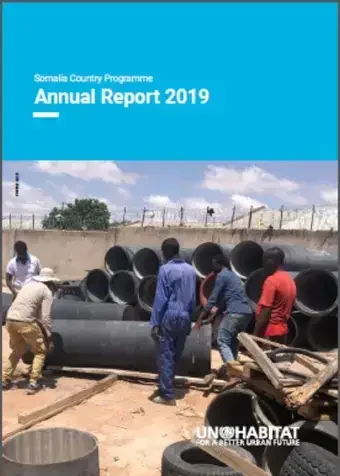
Annual Report
2019 Annual Report: Somalia Country Programme
2020
This report highlights UN-Habitat’s 2019 work with the federal government, and its Member States in responding to the Somalia National Development Plan priorities and contributing to the Sustainable Development Goals (particularly SDG 11) and the implementation of the New Urban Agenda (NUA). Working as a member of the UN County team, UN-Habitat’s interventions are underpinned by the agency’s core normative programming on inclusive and sustainable development of cities.
Read now
Learn more
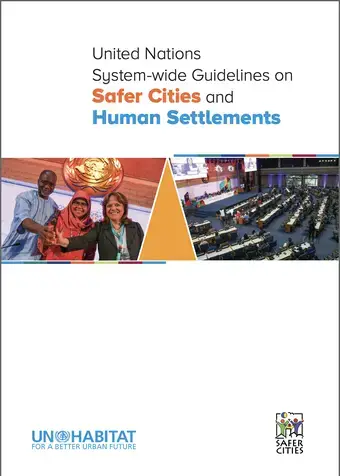
Toolkits, Manuals and Guides
United Nations System-wide Guidelines on Safer Cities and Human Settlements
2020
Providing local governments with a standard in responding, in collaboration with national and subnational governments, to the challenges of delivering urban safety and security in the implementation of the 2030 Agenda for Sustainable Development and the New Urban Agenda.
Read now
Learn more
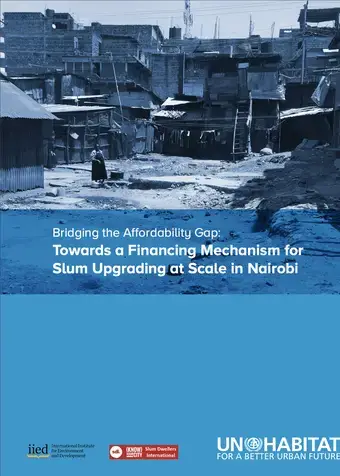
Technical Report
Bridging the Affordability Gap: Towards a Financing Mechanism for Slum Upgrading at Scale in Nairobi
2019
It is estimated that one quarter of the world’s urban population lives in informal settlements and these
exist in nearly all regions and countries, including in highly developed countries.8 However, almost without exception, countries around the world have singularly failed to implement upgrading of informal settlements at scale.
Read now
Learn more
exist in nearly all regions and countries, including in highly developed countries.8 However, almost without exception, countries around the world have singularly failed to implement upgrading of informal settlements at scale.
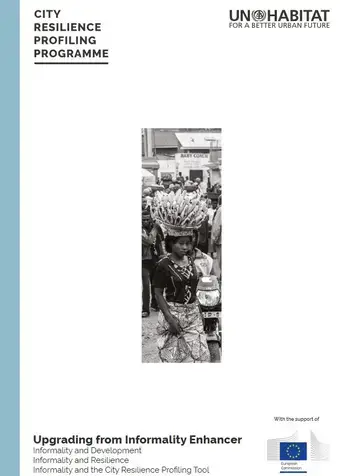
Toolkits, Manuals and Guides
Urban Resilience Enhancer: Informality Action
2019
More than one-quarter of the world’s urban population lives in informal settlements. Informal settlements create marginalisation and segregation, and their inhabitants are often more vulnerable to health risks, natural disasters, unreliable wages, hazardous working environments, and a lack of basic services. This Enhancer outlines a series of indicators to help local governments evaluate informality in their city, and identify its root causes in order to manage it appropriately.
Read now
Learn more
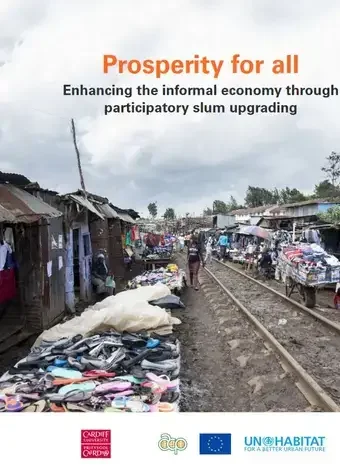
Technical Report
Prosperity for all enhancing the informal economy through participatory slum upgrading
2018
The report looks at the intersection of slums and informal settlements and the informal economy, to raise awareness amongst communities, local authorities, NGOs and other urban actors of the potential of the local economy in informal settlements – much of which is also informal – as a key component of participatory slum upgrading, to contribute to economic development and poverty reduction.
Read now
Learn more
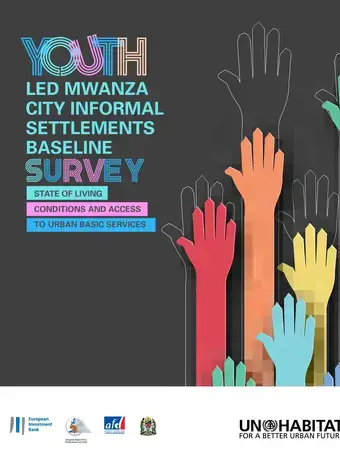
Technical Report
Youth-led Mwanza City Informal Settlements Baseline Survey: State of Living Conditions and Access to Urban Basic Services
2018
This report provides a baseline inventory of the standard of living, housing and infrastructure services as well as access to urban basic services in Mwanza, Tanzania, focusing on informal settlements. It provides evidence-based guidance on how to improve access to urban basic services in informal settlements as an essential element to achieve healthy, livable and sustainable cities.
Read now
Learn more
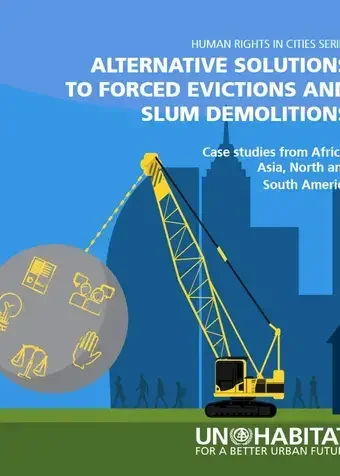
Toolkits, Manuals and Guides
Alternative solutions to Forced Evictions and slum demolitions
2018
Exploring alternative solutions is a requirement prior to evictions. This publication showcases examples where forced eviction have been avoided in countries such as Brazil, Haiti, Kenya and the Philippines.
Read now
Learn more
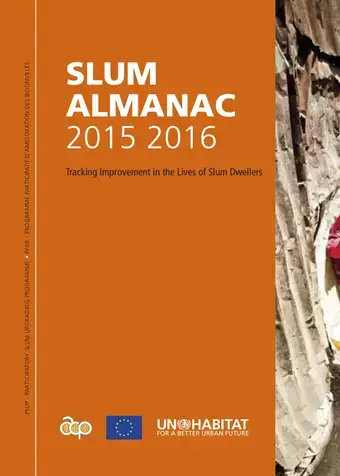
Technical Report
Slum Almanac 2015-2016
2016
In our world, one in eight people live in slums. In total, around a billion people live in slum conditions today. This not only amounts to a rather unacceptable contemporary reality but to one whose numbers are continuously swelling. In spite of great progress in improving slums and preventing their formation– represented by a decrease from 39 per cent to 30 per cent of urban population living in slums in developing countries between 2000 and 2014 – absolute numbers continue to grow and the…
Read now
Learn more
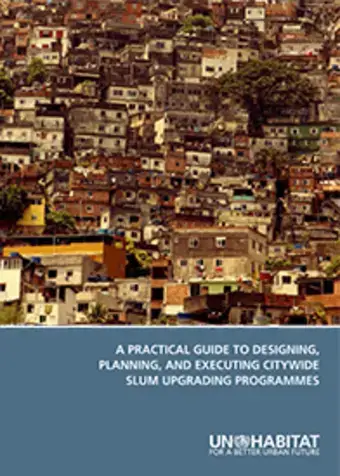
Toolkits, Manuals and Guides
A Practical Guide to Designing, Planning, and Executing Citywide Slum Upgrading Programmes
2015
While 220 million people have been lifted out of slum conditions over the past 10 years, the number of people living in slum conditions is likely to grow by six million every year, to reach a total of 889 million by 2020. It is necessary to equip cities and their practitioners with the tools and capacities to anticipate and control urban growth and city officials will require knowledge, skills and methodologies that will allow them not only to upgrade existing slums but also prevent the…
Read now
Learn more
Document
Resolution on Accelerating the Transformation of Informal Settlements and Slums by 2030
Posted on April 29th, 2024
Read now
Document
Resolution on International guidelines on people-centred smart cities
Posted on April 29th, 2024
Read now